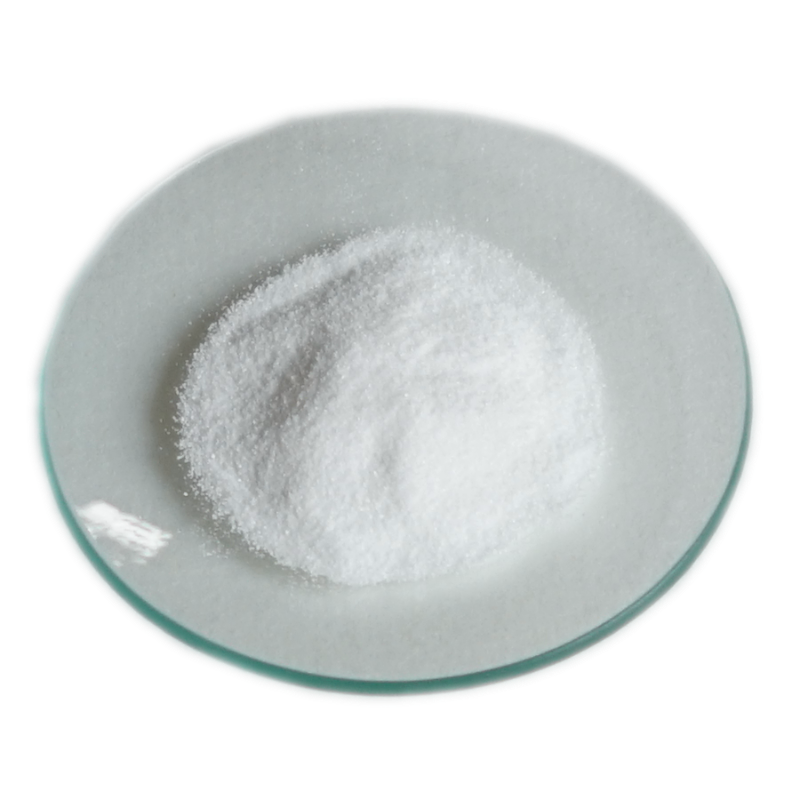-
Categories
-
Pharmaceutical Intermediates
-
Active Pharmaceutical Ingredients
-
Food Additives
- Industrial Coatings
- Agrochemicals
- Dyes and Pigments
- Surfactant
- Flavors and Fragrances
- Chemical Reagents
- Catalyst and Auxiliary
- Natural Products
- Inorganic Chemistry
-
Organic Chemistry
-
Biochemical Engineering
- Analytical Chemistry
-
Cosmetic Ingredient
- Water Treatment Chemical
-
Pharmaceutical Intermediates
Promotion
ECHEMI Mall
Wholesale
Weekly Price
Exhibition
News
-
Trade Service
Introduction
Chlorprothixene hydrochloride is a pharmaceutical drug used to treat psychotic disorders such as schizophrenia.
It belongs to the group of drugs known as antipsychotics, which work by blocking the action of dopamine in the brain.
Chlorprothixene hydrochloride is often prescribed for individuals who do not respond to other antipsychotic drugs.
Chlorprothixene hydrochloride is a synthetic compound with a chemical formula of C23H28ClNO2•HCl.
It is a white to off-white crystalline powder with a molecular weight of 434.
9 g/mol.
Chlorprothixene hydrochloride is water soluble and has a melting point of 245-250°C.
Its chemical properties make it suitable for use in pharmaceutical formulations and as a research chemical for studying the effects of antipsychotic drugs.
Chlorprothixene hydrochloride is primarily used in the treatment of schizophrenia and other psychotic disorders.
It works by blocking the action of dopamine in the brain, which is believed to be responsible for the symptoms of schizophrenia.
Chlorprothixene hydrochloride can also be used to treat mania and bipolar disorder, although it is not approved for use in these conditions in all countries.
Manufacturing Process
The manufacturing process for chlorprothixene hydrochloride involves several steps, including synthesis, purification, and formulation.
Synthesis: The synthesis of chlorprothixene hydrochloride involves the conversion of an initial substance known as a precursor into the final product.
The precursor is synthesized through a series of chemical reactions, which involve the use of various chemicals and reagents.
The synthesis process can be carried out using a variety of methodologies, including batch, continuous, or flow processes.
Purification: After the synthesis of the precursor, it is necessary to purify the compound to remove any impurities or unwanted substances.
Purification can be achieved through several methods, including crystallization, chromatography, and recrystallization.
The purity of the final product is crucial, as even small amounts of impurities can have a significant impact on the efficacy and safety of the drug.
Formulation: After purification, the chlorprothixene hydrochloride is formulated into a dosage form suitable for administration to patients.
The formulation process involves the use of various excipients and processing techniques to create a final product that meets the required specifications for purity, efficacy, and stability.
Quality Control
Quality control is an essential part of the manufacturing process for chlorprothixene hydrochloride.
It involves testing the final product to ensure that it meets the required specifications for purity, efficacy, and stability.
Purity: Purity testing involves the determination of the chemical composition of the final product to ensure that it contains the correct amount of active ingredient and no unwanted impurities.
This can be accomplished through methods such as high-performance liquid chromatography (HPLC) or gas chromatography (GC).
Efficacy: Efficacy testing involves the determination of the biological activity of the final product.
This can be accomplished through in vitro or in vivo tests that evaluate the drug's ability to bind to receptors or inhibit enzymes.
Stability: Stability testing involves the determination of the stability of the final product over time.
This can be accomplished through testing the drug's stability under different temperature and humidity conditions, as well as testing for the presence of degradation products.
Regulatory Compliance
The manufacturing process for chlorprothixene hydrochloride must comply with regulatory requirements in the country where it is being produced.
In the United States, for example, the Food and Drug Administration (FDA) enforces regulations related to drug manufacturing, including the Current Good Manufacturing Practices (CGMP







